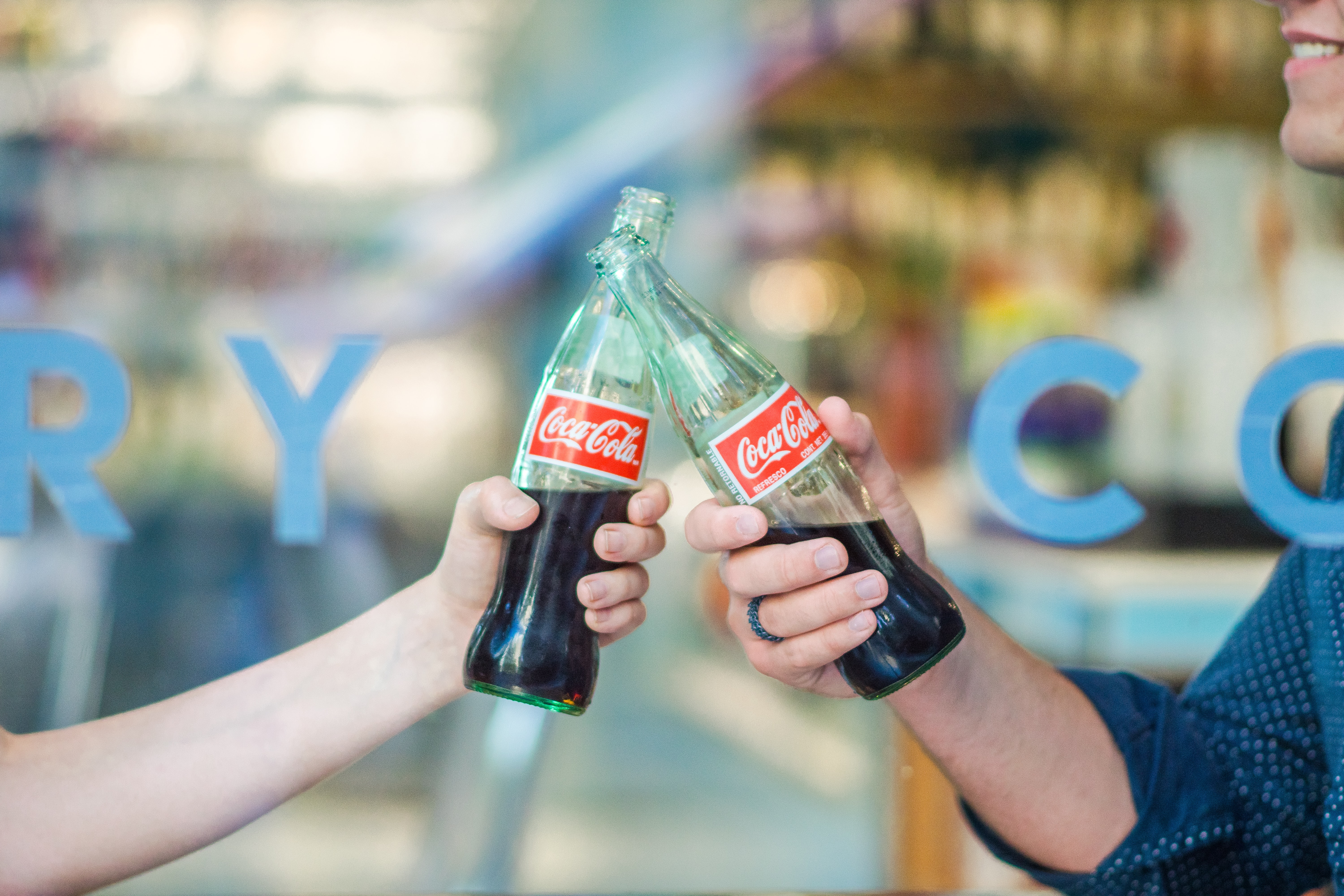The brand promise is a critical tool for building the brand and developing its reputation over time.
Primarily an internal facing statement for employees and business leaders, its main purpose is to clearly define what the brand represents in order to align everyone’s actions in building the brand and improving the brand’s reputation in the minds of customers.
It should serve as the benchmark against which all marketing & communications and outward and inward facing activities are measured.
For customers, the brand promise represents the pledge made to them about what they can expect and rely on from the brand and defines the value or experience you want them to associate with your brand.
Examples of brand promises

H&M – More Fashion Choices That Are Good For People, The Planet And Your Wallet.

Coca-Cola – to refresh the world in mind, body, and spirit, and inspire moments of optimism; to create value and make a difference

Nike – To bring inspiration and innovation to every athlete in the world

Accenture – Delivering the Power of Accenture’s global capabilities and experience to address complex social issues.
Why is the brand promise important?
If what customers see, read, hear, or experience are not aligned to the brand promise, they will perceive the promise to be empty and of no value.
Brands may fail to deliver on their promise for a variety of reasons but the main reason many do is because they fail to deliver on the customer experience – the interactions the customers have with their brand, products or services. This undermines the reputation of the brand in the minds of their audiences, negatively impacts on their market share and ultimately, is reflected in their bottom line.
Developing your brand promise
Rather than describing how you do what you do, you should aim to describe the experience or value that you deliver to your customers.
You should aim to make your brand promise:
- Simple
- Realistic
- Memorable
- Inspiring
- Actionable
Examples of brand promises
Disney – Where dreams come true
BMW – The ultimate driving machine
Apple – Think Different
5 steps to developing your brand promise
1. Begin by answering the following questions
Why should someone choose your organisation over a competitor? What do you
offer that they cannot find elsewhere?
What aspects of what you do or provide would the customer find the hardest to replace?
Some research with existing or potential customers and internal teams/employees will help to ensure voracity of the answers arrived at.
2. Once you have answers to these questions
List all the reasons someone would choose your product or service and the attributes that only your company can consistently deliver.
Identify which attributes are the most compelling for the customer.
Ensure that your internal team/employees can agree and consistently deliver against
these.
3. The brand promise – Keep it simple
Use this final list as the basis to construct your Brand Promise.
The goal is to convey the character of your company, what makes you different/special, or the benefit that your customers will experience.
The aim is not to include everything as a separate statement but to find the combination of words that speak to these criteria and focus on what makes your brand stand out from the crowd.
Try to keep the brand promise short. 10 words or less is ideal and helps ensure the promise is communicated quickly, succinctly, is more likely to be universally understood, and is easy to remember.
Examples of brand promises
Sainsburys – Helping Everyone Eat Better
FedEx – Your package will get there overnight. Guaranteed
Uber – Tap a button, get a ride
4. A final check
Once you have one or more candidates for the brand promise, evaluate them on how well they score based on the following criteria:
- Does it include a compelling benefit?
- Is it credible?
- Is it true and relevant to all the services or products offered under the brand?
- Is it unique?
- Can you deliver against it, every time?
5. Keeping the promise alive
You can’t manage what you can’t measure so aim to make your brand promise something that can be quantified on a scale that is relevant to the brand. This could include one or more of the following criteria:
- Time
- Emotion
- Quality
- Costs/Savings
Examples of Brand Promise
John Lewis & Partners – Never knowingly undersold
Kelloggs – Quality products for a healthier world
Aldi – The highest quality – the lowest prices



